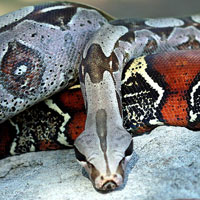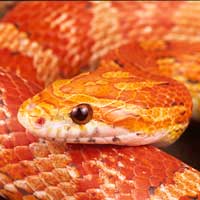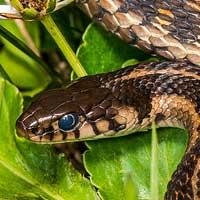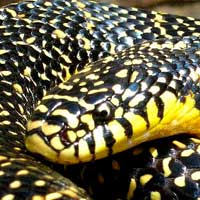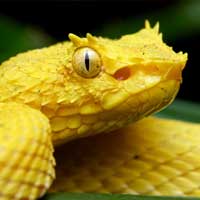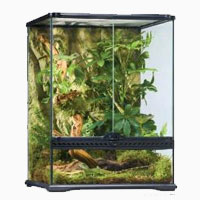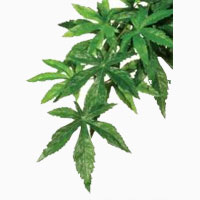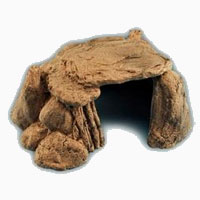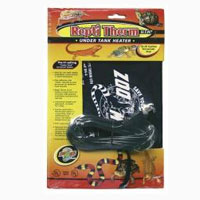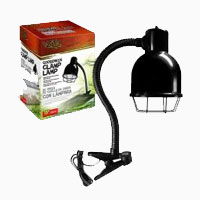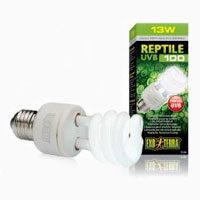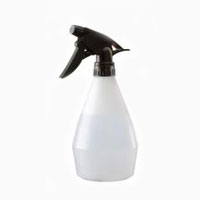Malaysian Blood Python
Scientific Name: Python Curtus Curtus
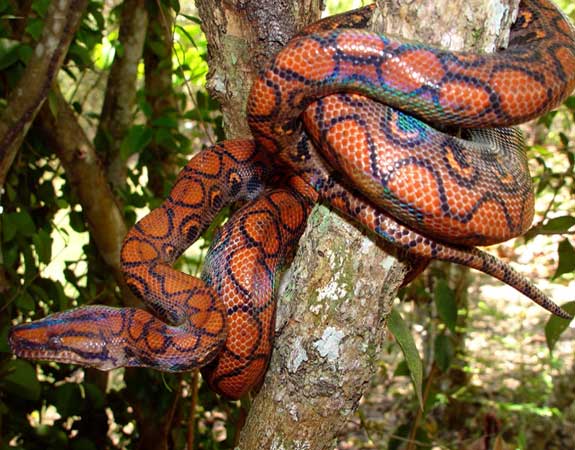
Share this Post
Malaysian Blood Python is a non-venomous snake that is also referred to as Python Brongersmai in Latin and the scientific name is Python curtus curtus. An adult Malaysian Blood Python is between 5 to 7 feet. They can grow even larger in captivity though it is hard to notice the growth unless on measures. The reptile derives its name its blood Red skin color. It has a thick skin with traces of orange and some have yellow. It has a long head and a wide neck. The fore body looks pale and it has a dark pattern, while the back looks dark but has a pale pattern. Young Malaysian Blood Pythons do not have the red color after hatching. Instead, they are tan and they have black markings.
Malaysian Blood Pythons Are Beautiful Creatures
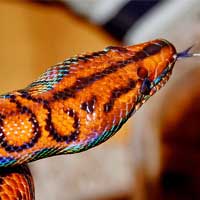
Facts About Malaysian Blood Pythons
Geographic Location
It is usually found around the mountainous area of Sumatra east, Western Malaysia along the peninsular, the island areas around Bangka Island, Lingga islands, Riau islands, Malacca and Pinang. Most of the Malaysian Blood Pythons in the United States come from central Sumatra.
Habitat
The Malaysian Blood Pythons are usually found in the rice fields and grasslands. They are common in the wild. They also like rocky places and they coil in shallow holes. This reptile requires a larger space as it grows, and it should be kept in cages that are between 180 and 300 square inches in floor space. When the Malaysian Blood Pythons are two years, they require a cage that is between six and twelve square feet in floor space.
Behavior
The Malaysian Blood Pythons are excellent hunters. They prey on rats, mice and rabbits and other small mammals mostly rodents. They feed once a week and they are selective on their food and mostly eat at night. They are calm and docile but they are quick in defense and easily bite. At times, it might give surprising behavior like attacking when the owner is not aware but this arises at a stage in growth either due to cage discomfort, monotonous feeding or an unclean environment.
Reproduction
An adult Malaysian Blood Python hatches an average of 18 to 30 eggs. Most hatchlings need small floor space of about 40 square inches. If the hatchlings are placed in wide enclosures, they feel insecure and avoid feeding.
Captivity
With a life of over 20 Years in the world, the Malaysian Blood Python can live many more years in captivity. Some keep them as pets. They are reared for skin and food purposes. The Malaysian Blood Pythons cage should have enough ventilation. One can use newspaper for the cage beddings. It is advisable to adopt one while it is still young instead of buying one that is unhygienic or that is used to a different environment. This makes it fond of the owner and one knows its habits. Collecting a hatchling from the forest will require a person to look at the surrounding and ensure that they give the hatchling such an environment when they cage. A common mistake that people make is keeping this python in a small cage while they are supposed to be kept in large cage mostly for the adults.

